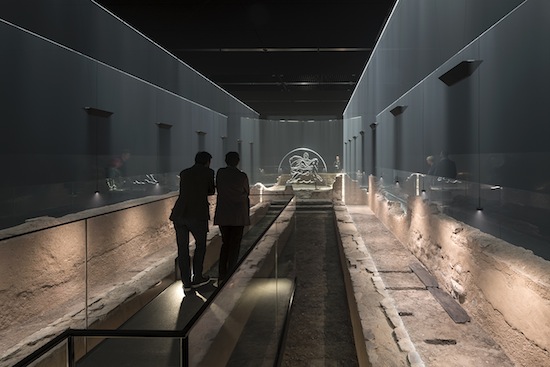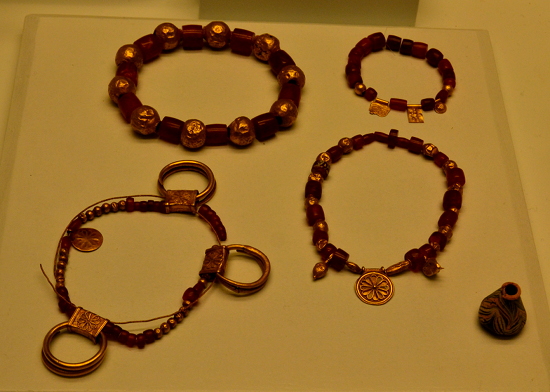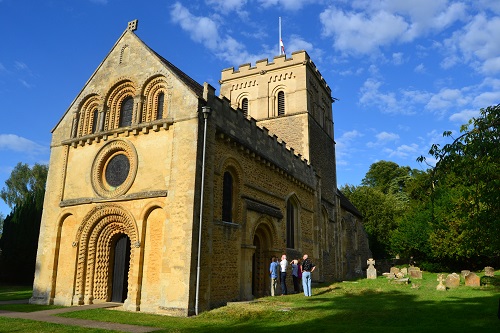Exploring the Mithraeum of Roman London

A glass walkway allows you to get inside the temple without touching
it. You are then treated to a rather cheesy sound and light show.
London is a massive city with 2,000 years of history behind it. It’s hard to tell these days, but the banking and financial center of it all, with its frantic building, insider wheeling and dealing, and massive cocaine consumption, is actually the oldest neighborhood. This center of commerce is called “the City”, and its area corresponds to the Roman city of Londinium, founded around 43 AD.
Not much has survived the centuries, just a section of the original city wall and a few traces in the cellars of later buildings. In 1954, however, a subterranean temple was found that belongs to one of the ancient empire’s foremost mystery religions — Mithraism. Little is known for certain about this religion since its rites were private and most written accounts are by early Christians seeking to destroy the faith.
The cult centered around worship of the god Mithras, who originated in Persia. One common scene in Mithraic iconography shows Mithras being born out of a rock, and this may be why his temple, called a mithraeum, is generally located underground. It was a secretive religion that only accepted men, and this is one of the reasons it eventually lost out to the more inclusive Christianity.


